https://materiaprima.site

Getaway
Text: Yoshiko Nagai
2025.06.09
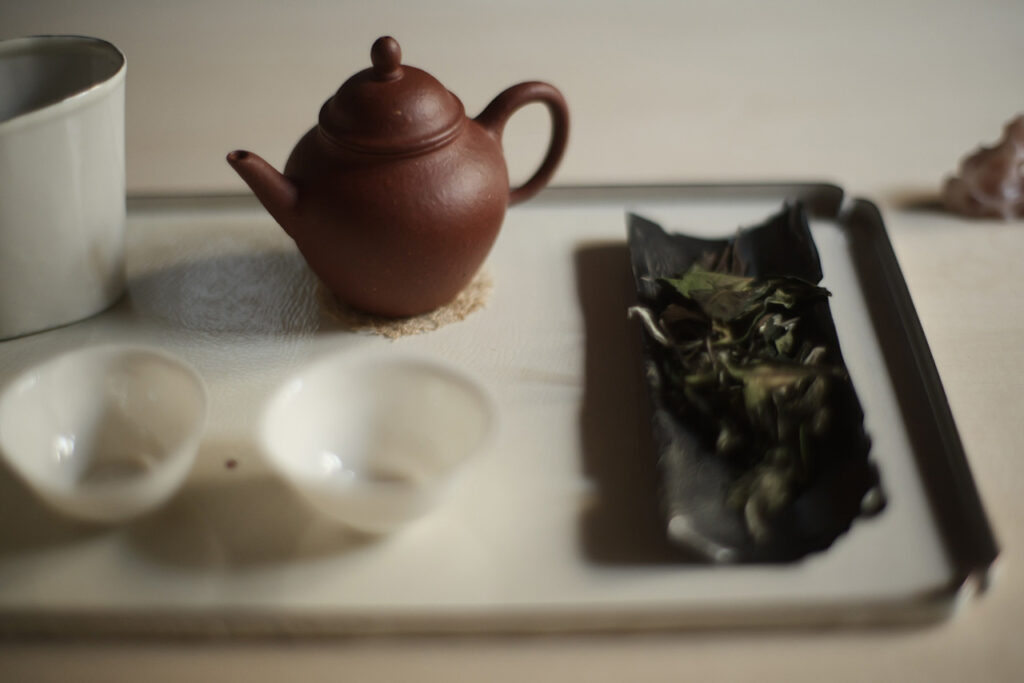
I think that it was the long-awaited blooming of the cherry blossoms, later this year than usual, that inspired me to try something new. I walked down the canal in Kyoto, surprisingly lacking in people despite the rows of cherry trees, to my destination of Kitashirakawa Kodan . Created by Kogen , a man from Kiangan Province in China, Kitashirakawa Kodan is a tearoom and gallery that serves Chinese tea. Converted from a house, the large interior contains a kitchen and a tearoom with a laidback and smart homely feel to it. The day I visited, a gongfu tea ceremony was being held. Gongfu is a style of tea preparation that originated in the 18th century in Fujian, in the south of China. Using a small teapot and teacups with large tea leaves, the server needs to take extreme care of the temperature of the tea as well as the brewing time. The ceremony used the bronze enamelware utensils and teaware that were on display in the gallery.
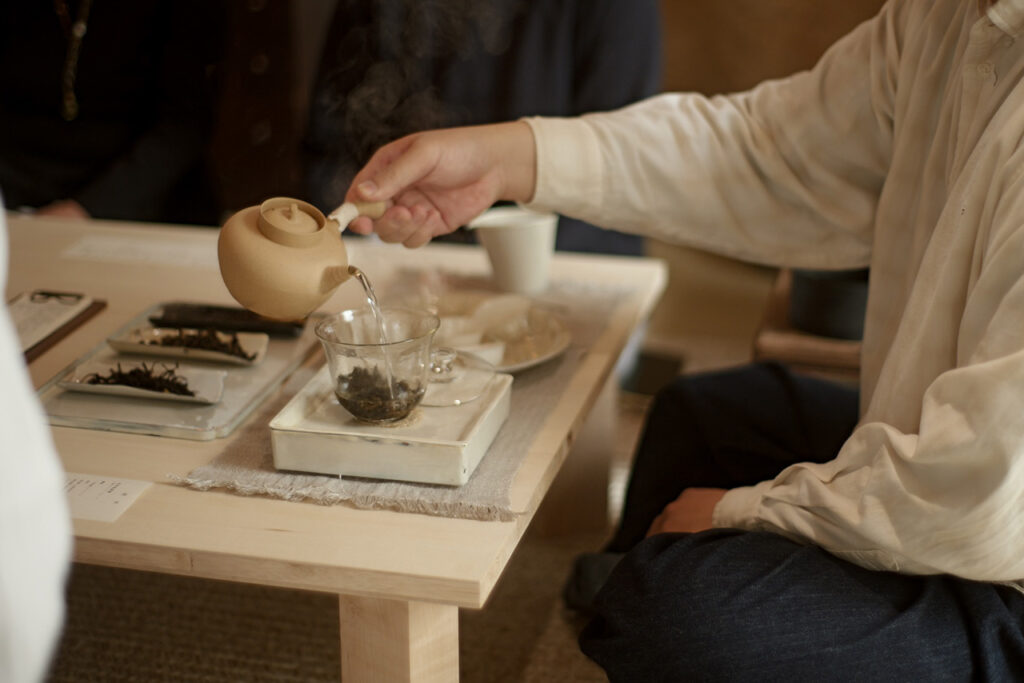
The owner, Kogen, studied Asian History at postgraduate level. Since his high school years, he has been a lover of all sorts of tea, and so for his postgraduate thesis, he researched the traditions and evolution of gongfu tea with reference to Japanese and Ryukyuan historical sources. With well-practiced motions Kogen poured the tea while from his lips flowed information about where the tea leaves were grown, how they were harvested and processed, as well as historical tidbits about the teaware. As I sipped at the tea and enjoyed the sweets, I thought of how unique a tool words were. Kogen’s words had a particular comfortable quality that seemed to unearth the space between sense and language. As I listened to his explanations, I took in the sensory experiences of flavor and fragrance alongside factual episodes about history and technique.
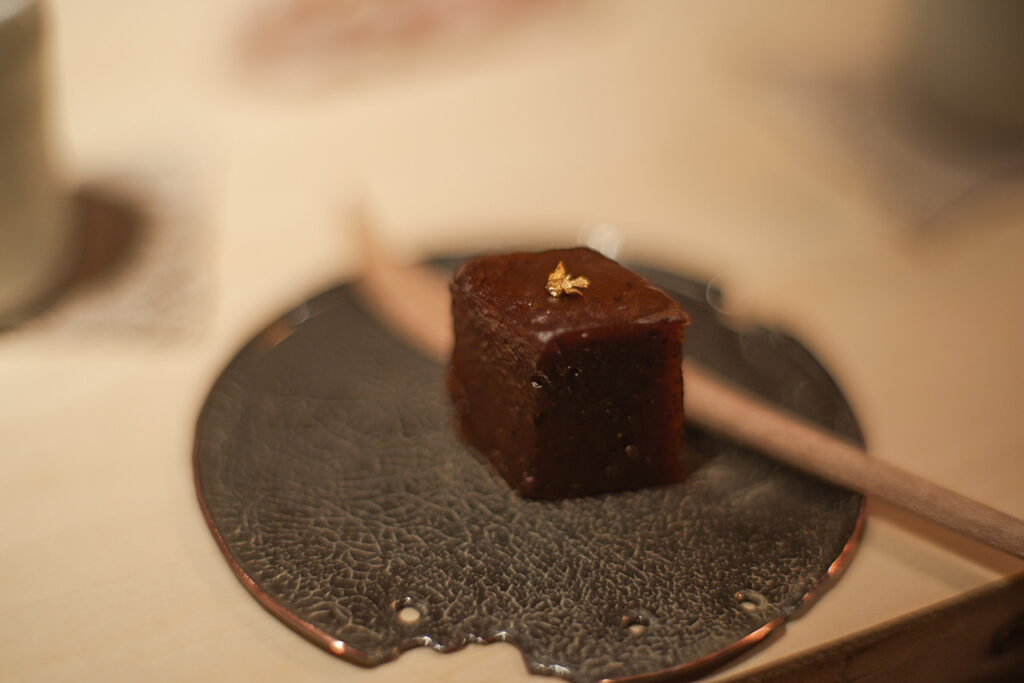
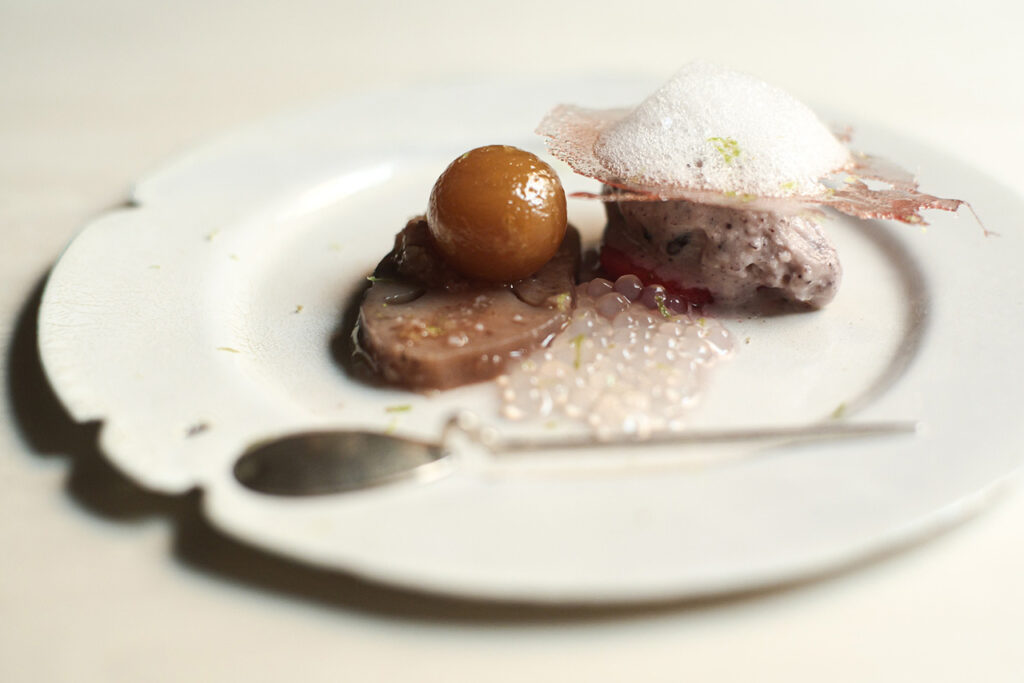
All of the snacks that came along with the tea were original creations. The flat enamelware dishes were corroded in places resulting in some small holes and chips, but this gave them the charm of a natural item. One of the two sweets was a steamed treat made from cassava and glutinous rice with jujube added in for a mild sweetness. It was squishy, rejecting any stabs I made with the delicate fork. The other was a “flat” parfait. There was slightly pink sweetly simmered lotus root and gelatinous rice, berry-colored ice cream to the side, topped with a jasmine-flavored foam. Finally, the flower tea, which had the fragrance of wintersweet petals, was smooth and sweet in a wild sort of way, as if a rolling meadow was forming in the back of my mouth. When I closed my eyes, the tea’s fragrance wafted into my nose, seeped right to the back of my head, and seemed even to pass right through me too. This was my first Chinese tea ceremony and the knowledge I gained through taste, smell, and words seemed to invigorate my whole body. It was a perfect spring experience.
Getaway
Atelier in Hatsudai
2025.10.23

Getaway
108 matchboxes
2025.05.14
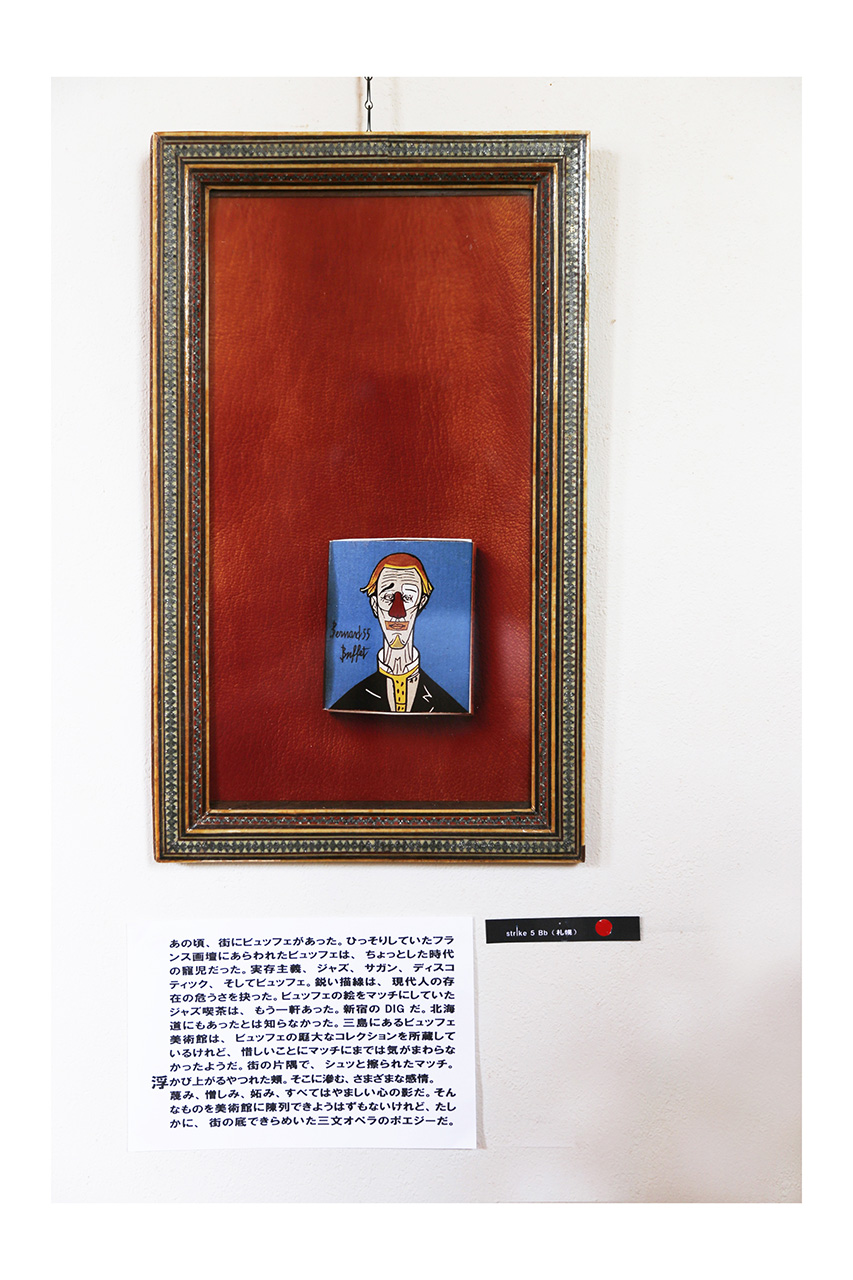
Getaway
The pleasant combinations of Descanso Gardens
2025.03.26
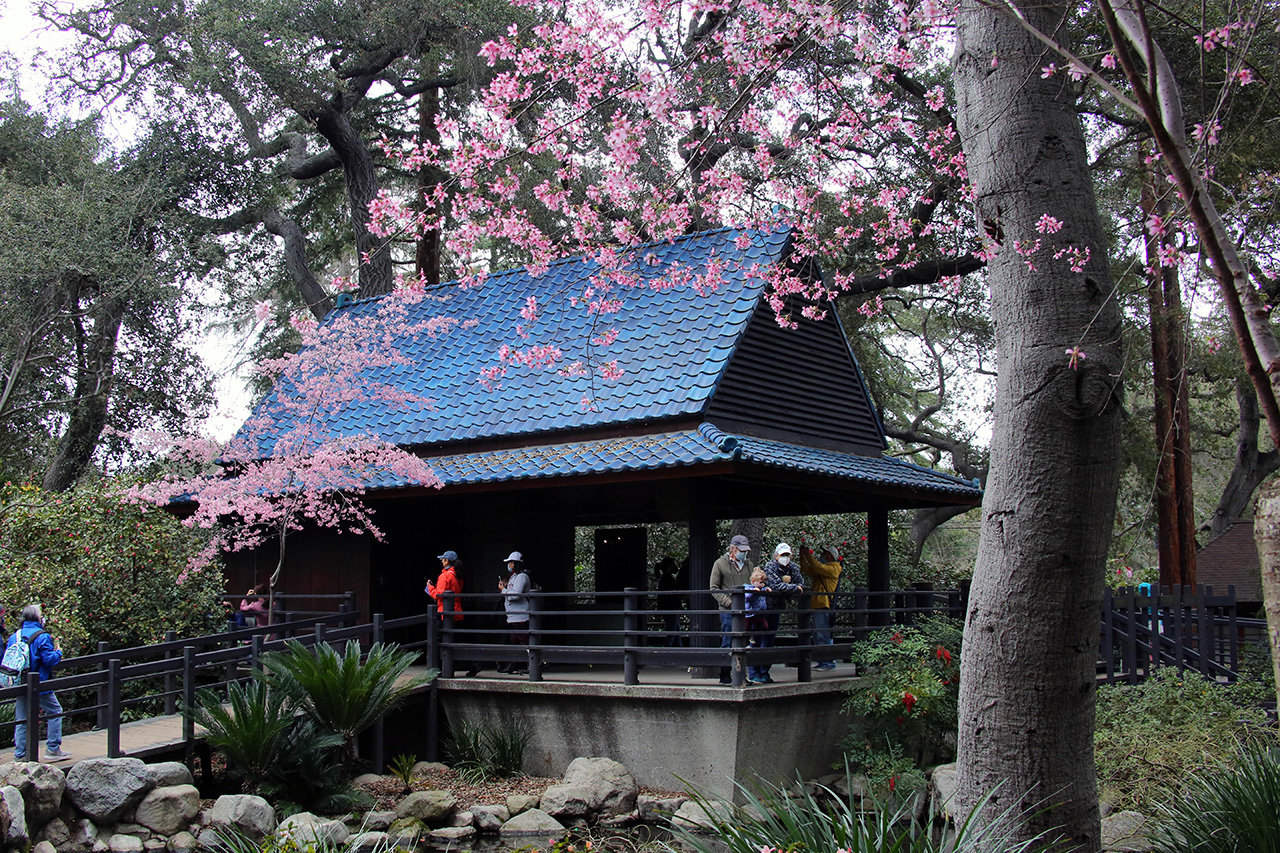
Getaway
The Passion of the Kamakura Literati
2025.03.17
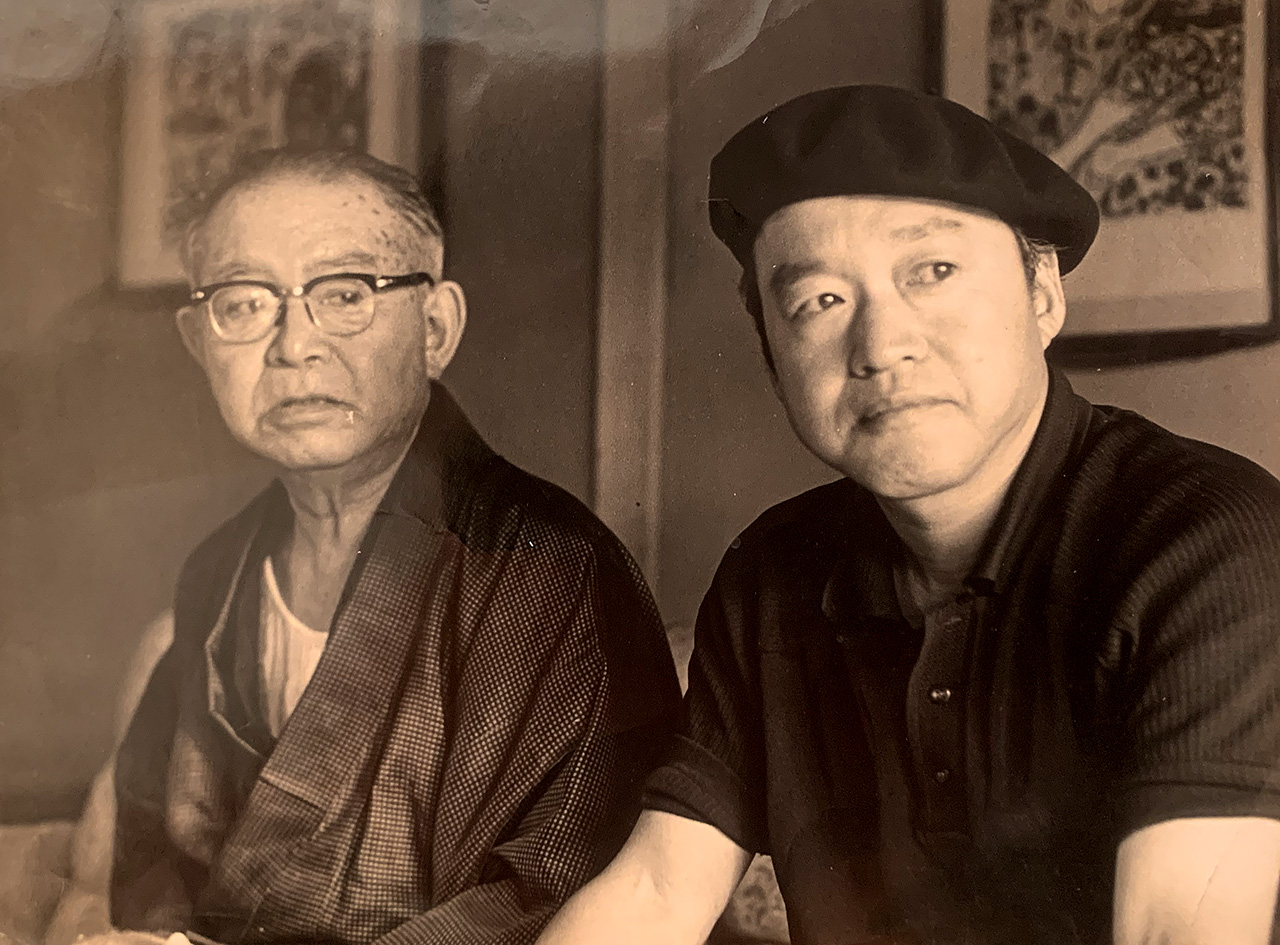
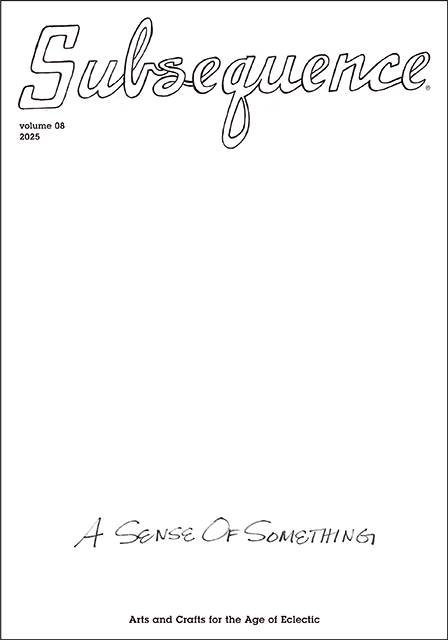
volume 08
2025-1st

Bilingual Japanese and English
260 × 372mm 148P
Release date: December 13, 2025